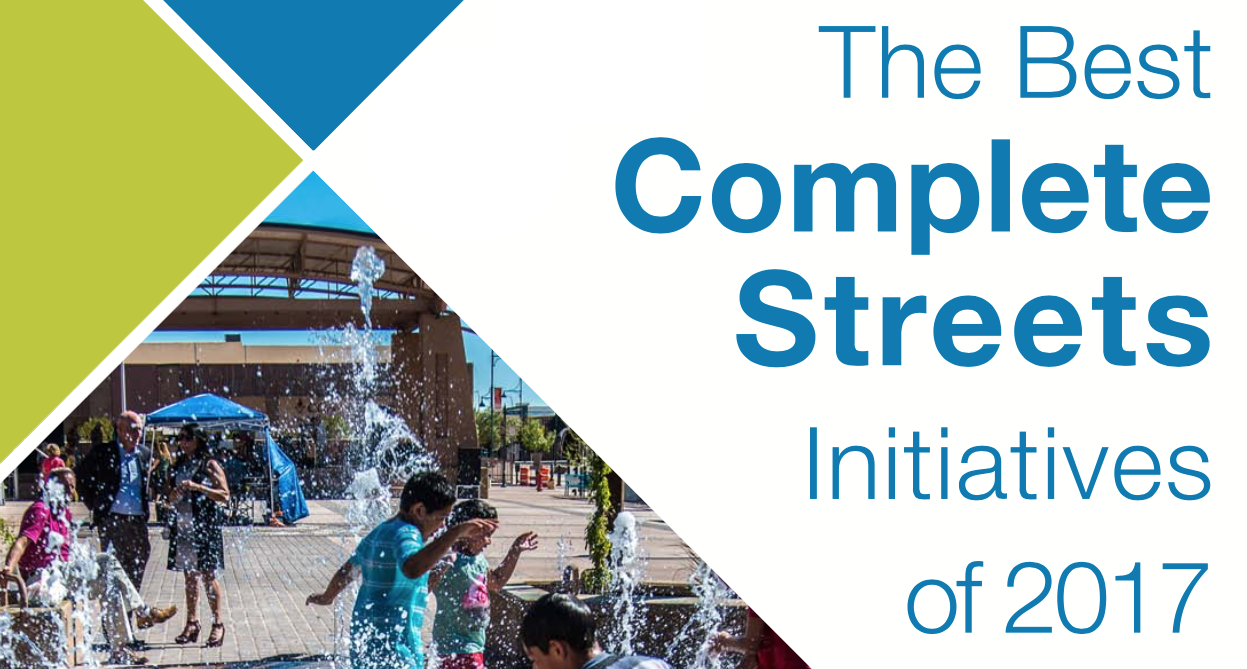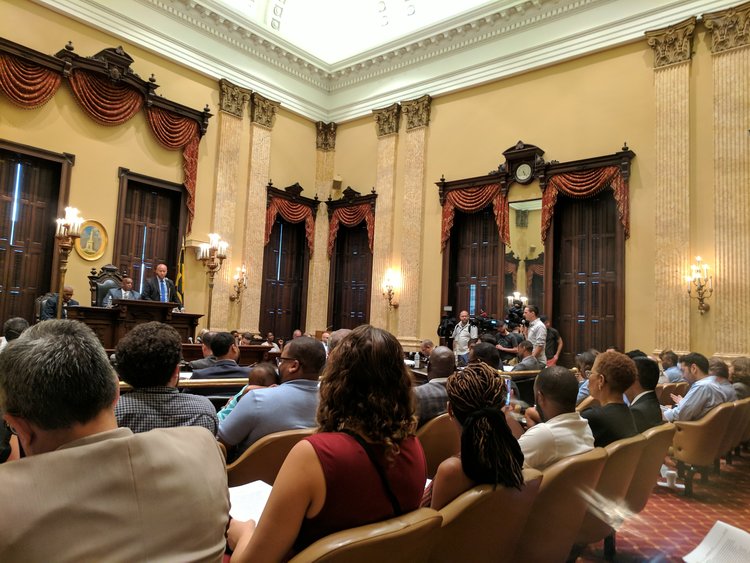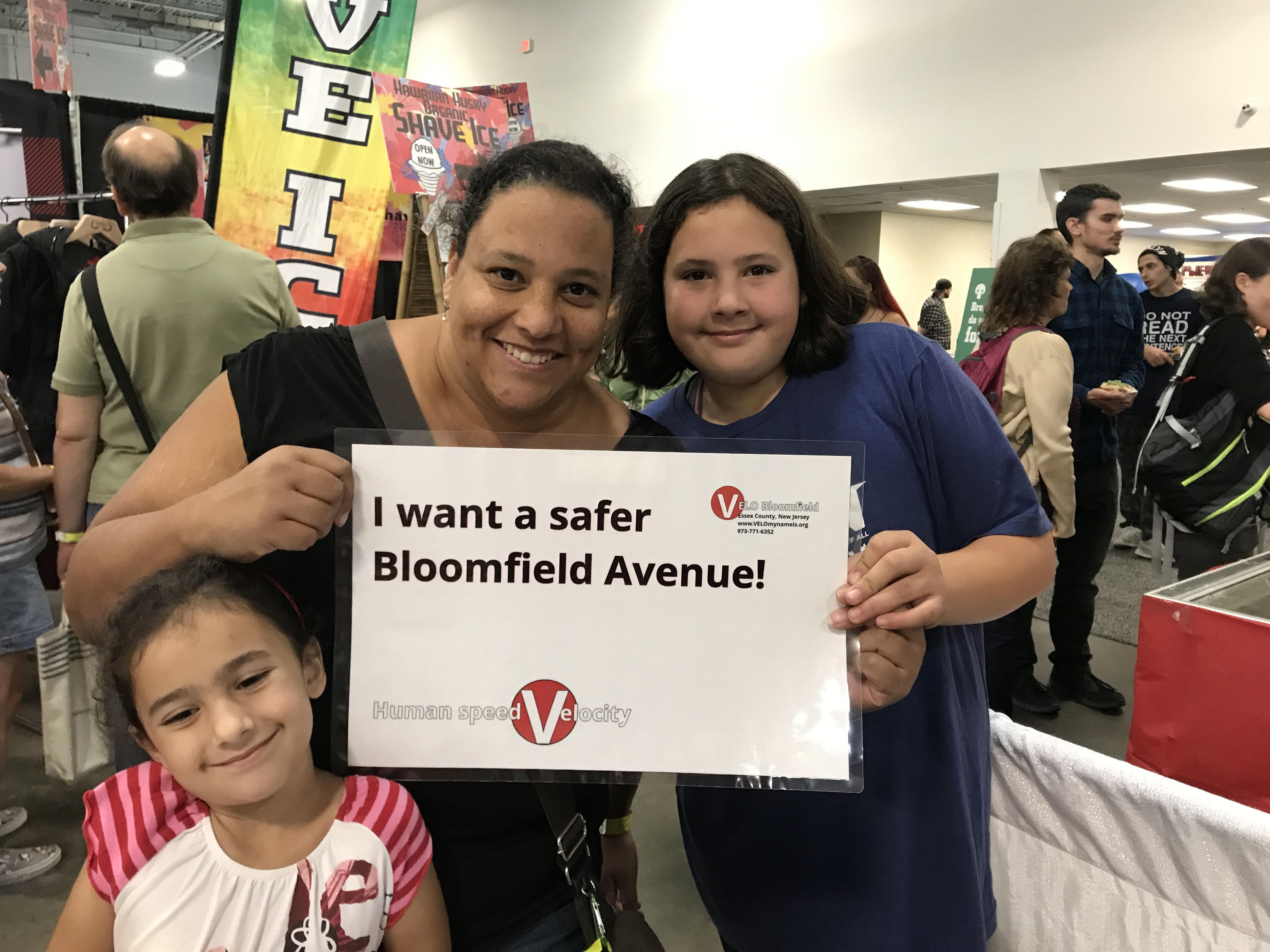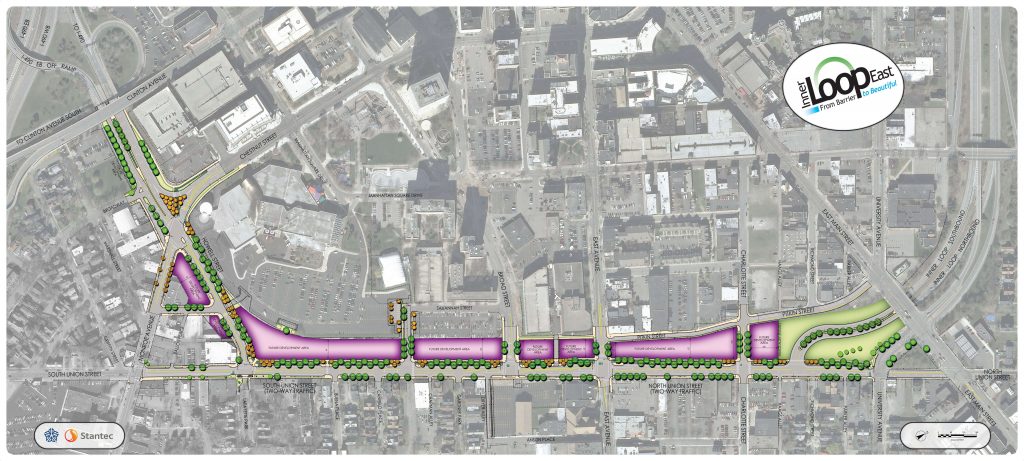Announcing the Best Complete Streets Initiatives of 2017
 This year we’re highlighting 12 of the best Complete Streets initiatives, projects, and champions around the country in lieu of our typical annual Best Complete Streets Policies report. The Best Complete Streets Initiatives of 2017 celebrates the people and communities that are setting an example for implementation and equity in Complete Streets which are an important part of the new Complete Streets grading framework that will take effect next year.
This year we’re highlighting 12 of the best Complete Streets initiatives, projects, and champions around the country in lieu of our typical annual Best Complete Streets Policies report. The Best Complete Streets Initiatives of 2017 celebrates the people and communities that are setting an example for implementation and equity in Complete Streets which are an important part of the new Complete Streets grading framework that will take effect next year.






